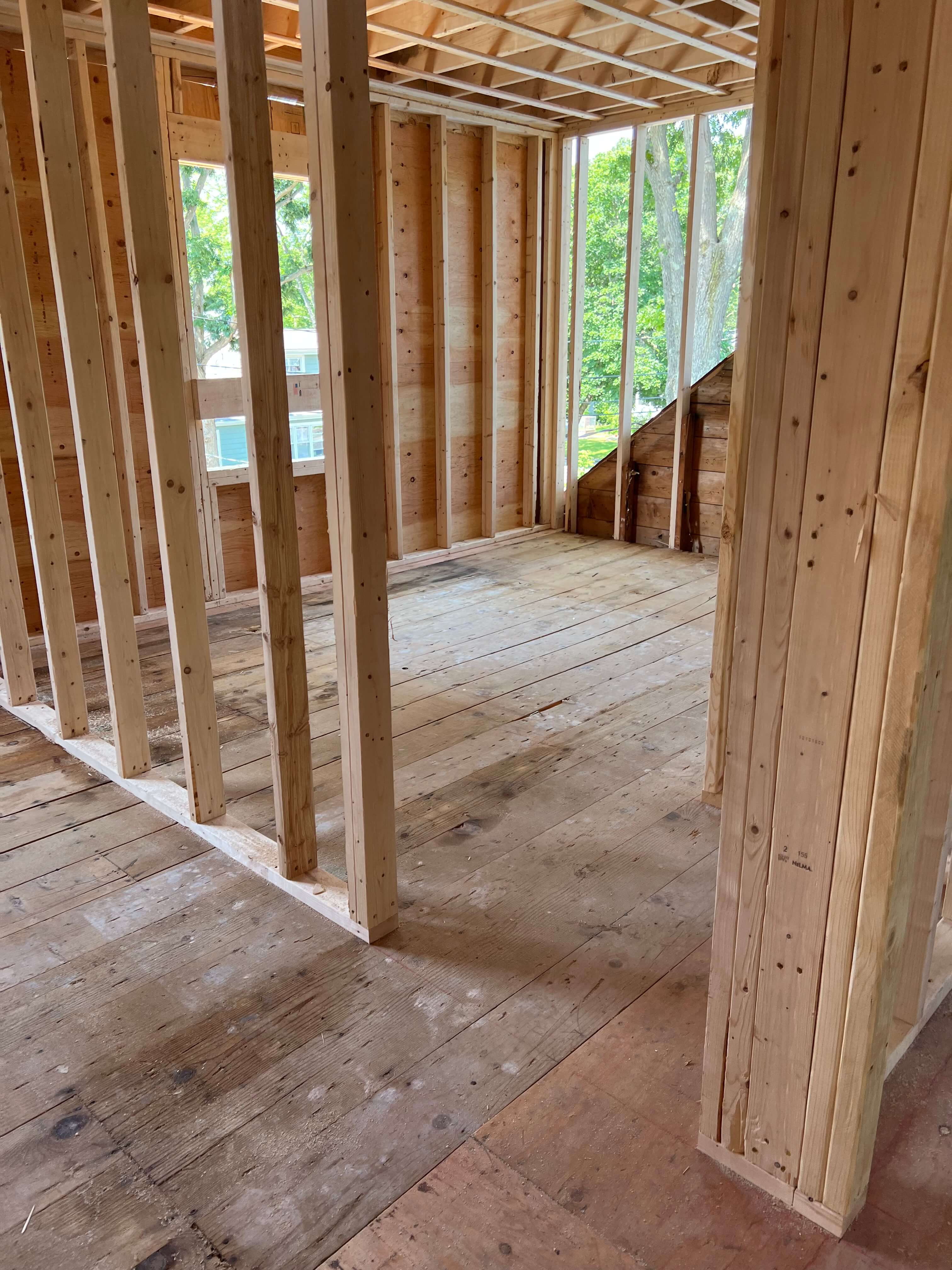Common Mistakes to Avoid When Flipping Houses
Flipping houses can be a lucrative venture, but it comes with its own set of challenges that can turn potential profits into costly losses. One of the biggest pitfalls for novice investors is underestimating the importance of thorough market research. Miscalculations in renovation costs and local values for homes can lead to a loss in your investment. By being aware of these common mistakes and taking proactive steps to avoid them, investors can significantly enhance their chances of success in the competitive world of house flipping.
Mistake #1: Underestimating Costs
Underestimating costs is one of the most significant mistakes that novice house flippers can make, often leading to unexpected financial strain and project delays. Many investors initially focus on the purchase price and basic renovation expenses, overlooking additional costs that can arise throughout the process. These include hidden structural issues, permit fees, unexpected repairs, and the expenses associated with holding the property, such as property taxes, insurance, and utility bills. Additionally, flippers may not account for fluctuations in material prices or labor costs, which can increase significantly during the renovation period.
Mistake #2: Not Doing Enough Research
As mentioned earlier, one of the most critical mistakes new house flippers make is not conducting thorough research before diving into a project. This oversight can lead to costly issues, starting with overpaying for a property. Understanding the local real estate market is essential; flippers should analyze recent sales data, neighborhood trends, and the demand for housing in the area. Moreover, inadequate research on the property’s condition can result in underestimating renovation costs or overlooking significant repairs, such as plumbing or structural issues. This lack of insight can quickly erode profits and extend the timeline of the project. Additionally, flippers should familiarize themselves with zoning laws, property taxes, and the overall economic climate of the area. These factors can influence the feasibility and profitability of a flip.
Mistake #3: Not Having an Exit Strategy
An exit strategy outlines how an investor plans to sell the property and recoup their investment, ideally with a profit. Without a clear exit plan, flippers can find themselves in precarious situations, such as being unable to sell the property promptly. Additionally, market conditions can change, making it difficult to find buyers or leading to lower-than-expected sale prices. An effective exit strategy should include contingency plans for various scenarios, such as market downturns or unforeseen repairs. By proactively planning how and when to exit a project, investors can mitigate risks and ensure they are not left holding onto a property longer than necessary.
Contracting Services in Massachusetts
One of the most important elements of flipping a home or increasing the value of a property is finding the right contractors to work with. Here at Driscoll Contracting, we help homeowners and property owners add value to their properties with renovations, remodels, additions, and more. For more information about our services, please contact our team.





